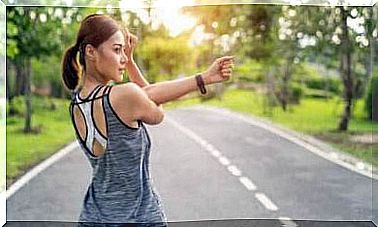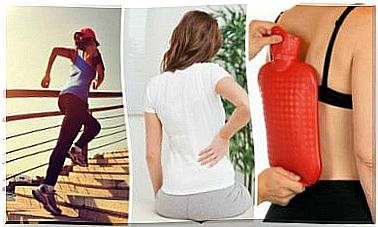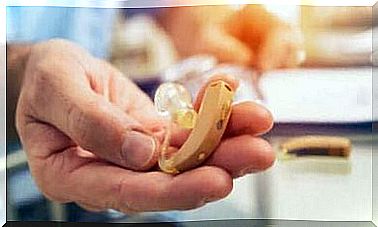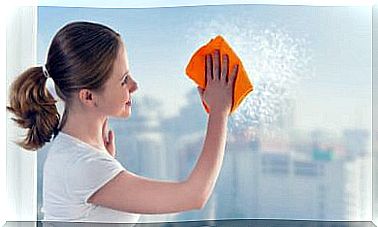Is It Good Or Bad For Children To Walk Barefoot?
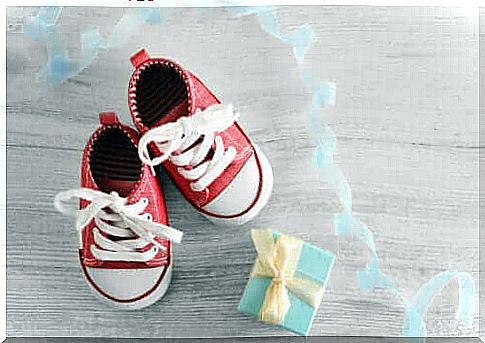
How many times have you heard that walking barefoot was a no-no as a child? It is a topic that still haunts parents, so today’s article will discuss some facts researchers recently discovered about the topic. In short, the more freedom small feet have, the better they will develop.
It was a popular belief that walking barefoot would lead to respiratory diseases. However, this is completely untrue. This is because the virus must enter your body through the upper respiratory tract in order for you to get a cold. OK, so what is the risk for children who do not want to wear shoes?
Is walking barefoot good or bad for children?
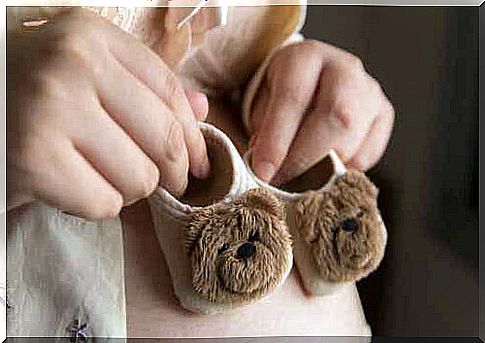
Footwear is not recommended in the first months of life. Their function is exclusively against cold, moisture and damage. Thus, a seamless sock can fulfill this function perfectly.
In addition, it is also not a good idea to wear shoes during the pre-crawling phase (usually before 8 months) because crawling without them is important for the child’s psychomotor development.
It is over 12 months of age when the baby begins to walk that a child can begin to wear flexible footwear to protect against the cold. Admittedly, they must allow their feet to breathe.
So, at the age of four, it is necessary to protect the foot from certain injuries. Thus, the shoes should be more rigid, like those used by adults.
The shoes must have a round front and be wide to allow the toes to move inside. Leather is the best material for these, as it is 100% natural and allows the foot to breathe. In addition, they must be easy for the child to put on and take off.
The health benefits for children of walking barefoot
Here are some of the benefits of not wearing shoes.
It promotes the formation of arches on the foot
The children’s feet are made of soft tissue that is ossified during the fetal stage. Most of these bones stiffen at birth, but complete stiffness does not occur until adulthood.
It is this flexibility, abundant fat under the skin and the joint changes that cause flat feet during the first three years of life.
However, this condition in which the inside of the foot becomes flat corrects itself with growth. What happens is that the entire sole of the foot touches the ground.
It contributes to the child’s sensory development
The feet have a higher sensitivity than the hands between the time a child is born and the first eight to nine months of life. As you can imagine, they use their feet to explore the world around them.
During this process, they go on to the hands and then to the mouth to test things. This is because their senses are more developed.
It’s not just about the sense of touch, but also about taste and temperature. That is why it is so important for them to be able to move their toes and feet freely.
It stimulates kinesthetic experiences
The kinesthetic or proprioceptive sense refers to the ability to detect the position of muscles. It is the feeling that allows us to be aware of the body’s position in relation to the world around us.
Children need to feel uneven ground, pressure and different types of textures to develop it. This is because it helps to improve the position of the muscles and strengthen the joints.
Possible risks and precautions
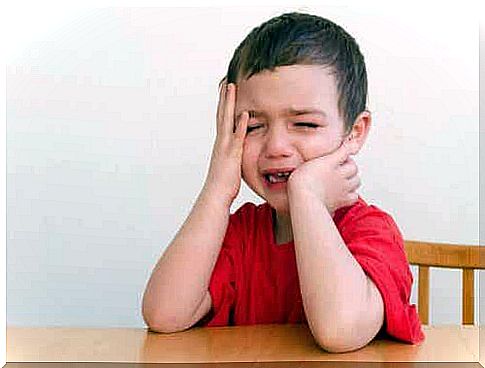
The biggest problems with shoes are their stiffness and incompatibility with the child’s lifestyle.
The little ones love to jump and climb, and shoes will make them slip and fall because most soles are not flexible. There are also other possible problems such as:
Ingrown toenails
This is a condition in which the corner or side of the toenail grows into the tissue. One of the most common reasons is to wear tight shoes that hold the nails too close together.
Foot fungus
This fungal infection occurs when the foot is too sweaty in tight-fitting shoes. You may not be aware of it, but damp socks or shoes in hot conditions promote fungal growth.
Structural foot problems
Hallux valgus is the most common structural injury. They are hard and painful masses on the toe joint. Corns and pulls are thicker skin due to friction or pressure while warts often appear on the sole of the foot.
Things to keep in mind when walking barefoot
Insist that your child wear shoes when walking around pools, lawns or changing rooms to avoid foot infections.
You should also make sure that the tetanus vaccine is up to date if they step on sharp objects, and always check your feet for sores.
Finally, insist that they wear shoes in any situation that could be dangerous and that could injure their feet.


